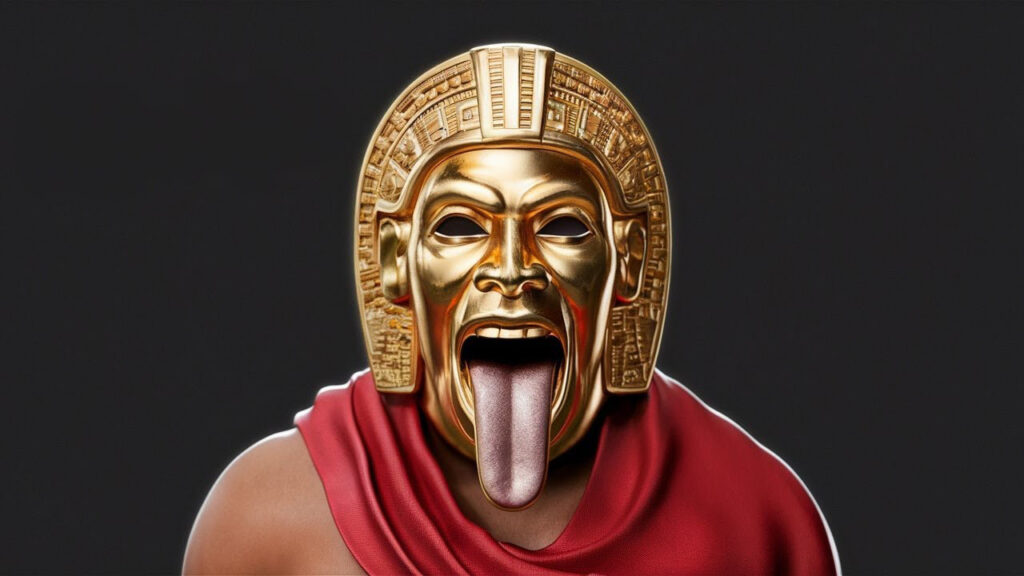In Aztec mythology, beliefs about the gods not only governed spiritual aspects but also deeply intertwined with natural phenomena and the earth’s riches. One of the most fascinating aspects of their religion was the connection between gold and the divinities. Renowned for its beautiful and sacred symbols, the Aztecs regarded gold as ‘the excrement of the sun,’ a divine waste. They believed it originated from their sun god, Nanahuatzin, and the Aztec God of Gold, who was closely associated with the sacred metal.
This article explores how the Aztecs perceived gold as more than just material wealth, but as a sacred manifestation linked to their world-view and rituals.
Aztec God of Gold: The Excrement of the Sun
In Aztec culture, gold was much more than a precious metal; it was a direct connection to the divine. According to the Florentine Codex, compiled by Fray Bernardino de Sahagún, people regarded gold as ‘the excrement of the sun This interpretation, although strange at first sight, has a profound meaning within the religious context of the Aztecs.

A Divine Gift from the Earth
The Mexica believed that everything in nature was a reflection of the gods. “In this sense, people regarded gold as a ‘gift’ from the gods to the earth. They discovered this precious metal in veins within the mountains and rivers, adding to its significance. Instead of relying on intensive mining efforts as one might imagine today, they collected gold in particulate form from rivers, then processed it to create jewellery and ornaments.”

Aztec gold deities
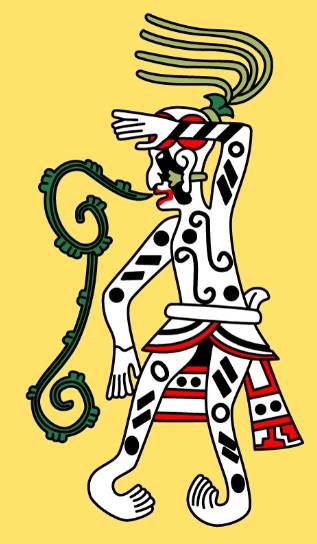
Nanahuatzin: The God of Gold and the Fifth Sun
The association with the ‘excrement of the sun’ had its origin in the observation of the first rays of the sun at dawn. These golden rays gave the impression of a yellow substance, similar to what the Aztecs perceived as excrement. “As a result, people regarded gold as a sacred product, directly linked to the god Nanahuatzin.”
A Heavenly Bond
The link between gold and the god Nanahuatzin is essential to understanding how the Aztecs viewed gold. Nanahuatzin is the god who, in the creation myth, sacrificed himself to become the fifth sun and give light to the world. “Through his sacrifice, he deposited gold, known as his ‘excrement,’ in the earth as a visible sign of his divine presence.”
Gold, a mirror of the sun
People viewed gold, like the sun, not only as a symbol of material wealth but also as a cosmic force that maintained the balance of the universe. The Aztecs not only worshipped the sun, but considered it the source of all life and energy. In this sense, people believed gold held symbolic power that transcended the physical and served as a means of contacting the divine.
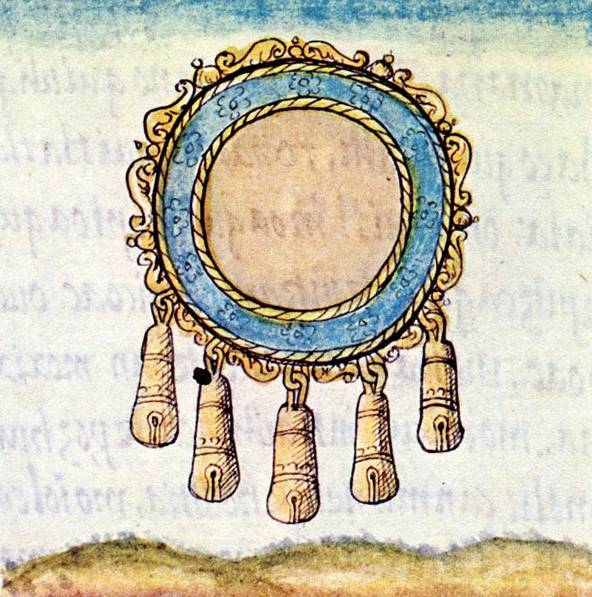
Xipe Tótec god of renewal and his relationship with gold
Another god who plays an important role in Aztec mythology and who, although not closely related to gold, shares many symbolic connections with this mineral. Xipe Totec is an essential figure in agricultural and war rituals. He donned the skin of a sacrificed victim to symbolize death and the earth’s rebirth
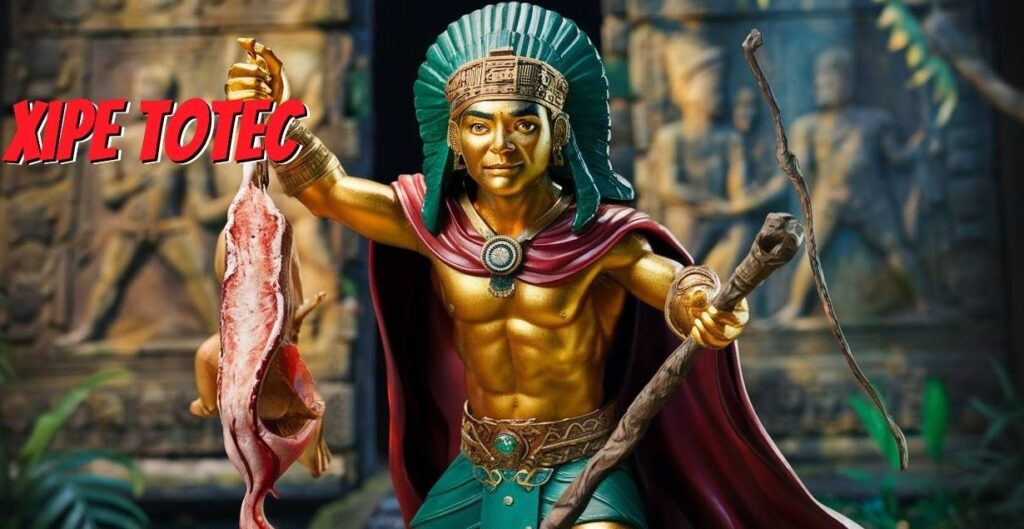
The Golden Sacrifice: Fertility and Renewal
In this context, the relationship between gold, fertility, and rebirth becomes even clearer. Just as people associated gold with sunlight and the divinity of Nanahuatzin, Xipe Totec embodied a cycle of life and death that the Aztecs saw as fundamental, occurring both in the earth and within human beings. Gold and sacrifice were part of this eternal cycle of renewal.
We recommend you to consult this article: Tenochtitlán and its god
Blood and gold offerings
People made sacrifices not only to appease the gods, but also to ensure the fertility of the land and the prosperity of the community. During Tlacaxipeualiztli ceremonies, people viewed sacrifices as an offering to ensure harvests of maize and other essential crops. The sacrifices of captured warriors represented the death of the past, while the bloodshed and gold offered represented the birth of a new agricultural cycle.
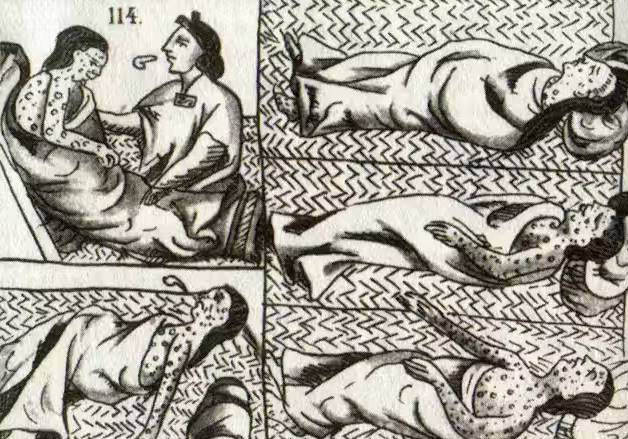
Gold in Aztec Culture: More Than a Precious Metal
Aztec culture valued gold not only for its use in jewellery and offerings but also for its broader significance. This sacred metal also played a significant role in medicine and rituals. People believed that gold had healing properties, especially in the treatment of pustules and warts. According to Sahagún’s accounts, people used gold as part of remedies to treat various skin conditions. This practice of using the ‘excrement of the sun’ in medicine reveals the Aztec perception of gold as a healing and purifying element.
Gold in Aztec Rites and Ceremonies
In addition to its medicinal use, people associated gold with power and wealth, representing the property of Aztec rulers. Emperors and high priests adorned themselves with gold, not only to symbolize their status, but also to show their connection to the gods. People commonly used gold in temples, religious ceremonies, and sacrificial rituals, offering gold objects to the gods.
Gold as a Bridge between the Earthly and Divine Worlds
The use of gold in these rituals was a way of honouring the gods, such as Nanahuatzin, who, through his sacrifice, had provided the world with light. Like the blood of the victims, the Aztecs considered gold a sacred offering to ensure prosperity and cosmic order.

The Meaning of Gold in Aztec Culture through the Florentine Codex

The form: ‘Aztec god of gold’ is a complex figure that encompasses both the material and the spiritual and involves many deities. By interpreting the Florentine Codex and historical accounts, we learn how the Aztecs considered gold not only a precious metal, but also a means to connect with the gods and ensure the well-being of the civilization. The belief in Nanahuatzin, the god of the fifth sun, and the importance of Xipe Totec as the patron of agricultural renewal, demonstrate how Aztec spirituality deeply integrated with their view of the natural world.
This holistic approach to gods, gold and sacrifices underlines the interconnectedness of life, death, sun, and earth in Aztec mythology, a vision that continues to fascinate and amaze to this day.

